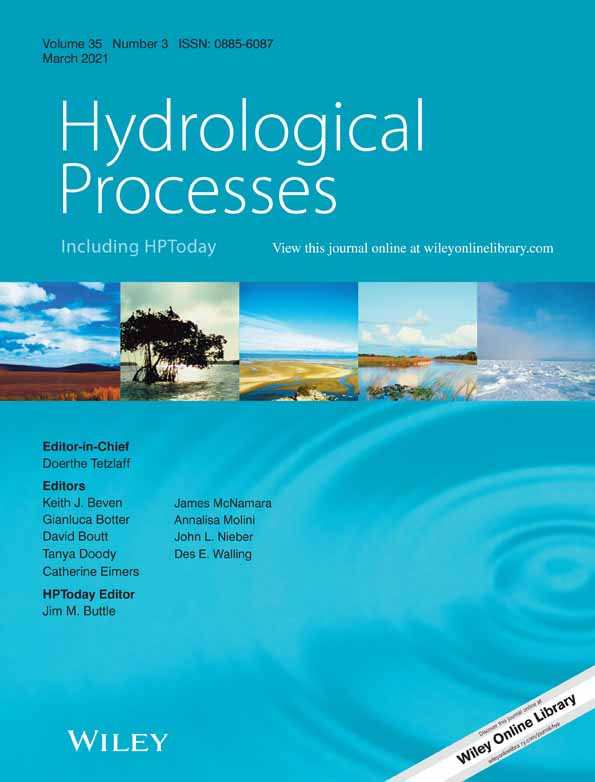Observing the critical zone on a critical budget: The Peri Lake experimental catchment
Abstract
The Peri Lake Experimental Catchment, in Southern Brazil, is a small coastal lake (5 km2, 7 m depth) with a total catchment area of 20 km2. The catchment is mainly covered by subtropical Atlantic Forest. Peri Lake is a recreational destination, an important ecosystem for biodiversity preservation, and a major water supply source. Even though there is a clear social and economic relevance, the information on this ecosystem is scarce, especially regarding the dynamics of water balance and water quality. We built this observatory using a low-cost, low-technology monitoring system to estimate the major components of the water budget on what we called a critical budget. We monitor meteorology, rainfall interception in two plots, overland flow and groundwater connectivity in a representative hillslope; and streamflow and velocity are measured in several small headwater rivers mostly starting during 2015. Geographic information on topography, land cover, geology, soil characteristics and the location of all the equipment installed in the field are also provided. The data set can be used to understand rainfall interception in Atlantic forests, catchment connectivity and streamflow permanence in coastal areas, spatial patterns of baseflow, and the modelling of complex processes in the critical zone involving the interaction between surface and groundwater, that are important in coastal lake ecosystems. Besides being used for research and education, we hope this observatory built on a shoestring budget will encourage fieldwork particularly in underrepresented and underfunded regions of the world.
Open Research
DATA AVAILABILITY STATEMENT
The Peri Lake Experimental Catchment Data Set has no licensing restrictions and is available at http://doi.org/10.5281/zenodo.4445367. For more information on the data set and collaborations, please communicate with the lead author [email protected] (www.labhidro.ufsc.br).




